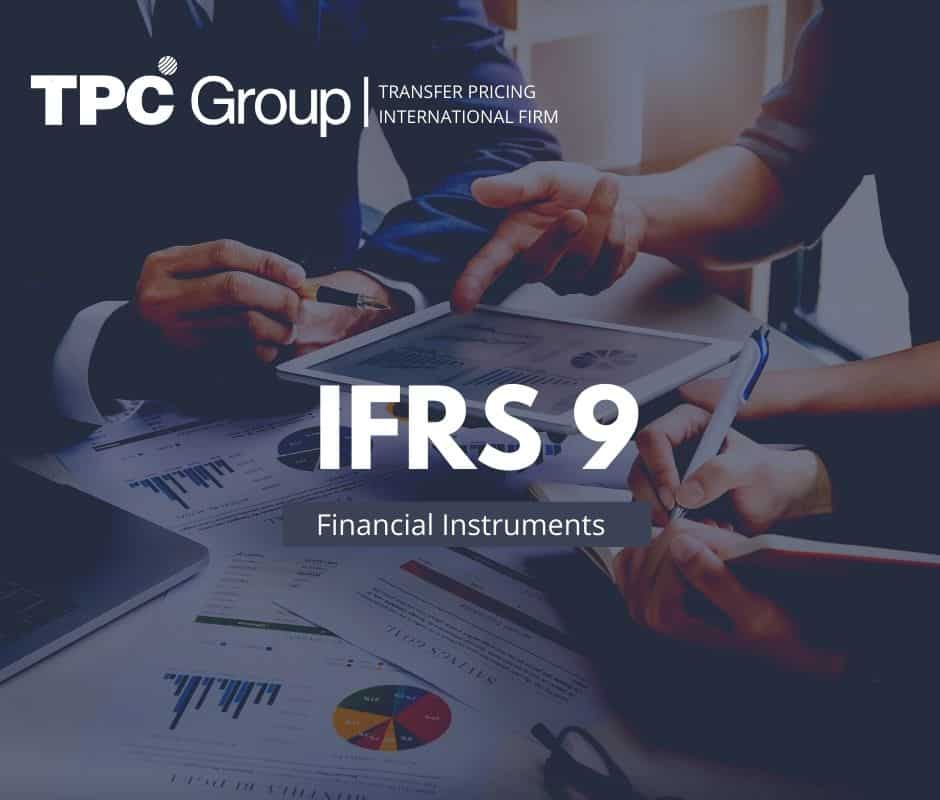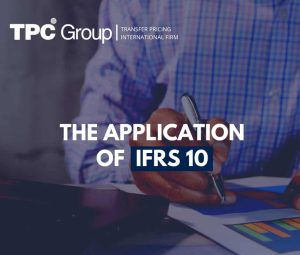What does IFRS 9 perform?
The International Financial Reporting Standards No. 9 (IFRS 9) determines the classification and measurement of financial instruments such as financial assets, financial liabilities, and some contracts to buy or sell non-financial items that an entity should apply.
What is a Financial Asset?
A Financial Asset is a liquid asset (an asset quickly and easily convertible into cash while retaining its market value) such as cash, stock equity, bonds, money market accounts, and others, that gets its value from a contractual right or ownership claim.
However, they do not necessarily have to be physical assets such as commodities, real estate, or any other tangible assets, but also intangible assets, producing factors of supply and demand, and a certain degree of risk in their value.
In general terms, it is a contractual agreement between two parties, which involves a purchase sale on an underlying asset contract and an invoice, which generates a commitment of cash inflow or outflow (cash flow).
New classification approach
Previously, the standard in charge thereof and other financial instruments was IAS 39 until January 1, 2018, when the International Accounting Standards Board replaced it with IFRS 9, establishing new parameters to classify financial assets according to the subsequent measurement that must be based on the contractual cash flows and the business model of the entity based on the management of the assets, which achieve the business targets.
IFRS 9 Financial Instrumen
The assets identified as financial can be listed as follows:
- Cash and cash equivalents.
- Accounts Receivable.
- Investments in shares.
- Real estate investment trusts (REITs)
- Financial Investments (Bonds).
- Debts receivable.
- Accounts receivable for leases.
- Saving accounts.
- Contract assets under the IFRS 15 scope.
- Others.
The liabilities identified as financial can be listed as follows:
- Accounts payable.
- Loans.
- Financial obligations: Bonds, obligations issued seeking leverage.
Equity instruments are represented by the common shares issued.
Classification and measurement of financial assets
An entity will classify financial assets into 3 categories, as measured below:
Amortized cost
The entity classifies the asset at amortized cost when it maintains a business model whose objective is to maintain the financial assets in order to obtain the contractual flows, and within its contractual conditions, the financial asset leads to cash flows, where only the payment of principal and interest on the outstanding amount, on a given date (e.g. at maturity), will be remunerated.
These assets are subsequently measured at amortized cost using the effective interest method. The amortized cost is reduced by impairment losses. Interest income, foreign currency translation gains, losses, and impairment are recognized in income. Any gain or loss on derecognition is recognized in income.
Fair value with changes in other comprehensive income (Equity)
A financial asset must be measured at fair value with changes in other comprehensive income if the entity’s management intends to hold the financial asset to obtain the contractual flows and/or keep it for trading, and within its contractual terms, the financial asset leads to cash flows, where only the payment of principal and interest on the outstanding amount, on a given date, will be remunerated.
Changes in fair value are recognized in other comprehensive income.
Fair value through profit and loss
An asset must be measured at fair value through profit or loss if the financial assets do not meet the conditions mentioned in the above categories (measured at amortized cost or at fair value through other comprehensive income).
Net gains and losses, including any interest or dividend income, are recognized in income.
For purposes of a better application, paragraph 4.1.3 of the standard explains the meaning of principal and interest:
- The principal is the fair value of the financial asset at initial recognition.
- Interest consists of the consideration for the time value of money, for the credit risk associated with the principal amount outstanding during a specific period of time, and for other basic risks and costs of borrowing, as well as a profit margin.
Classification of financial liabilities
Financial liabilities are classified as measured at amortized cost or fair value through profit and loss.
A financial liability is classified at fair value through profit or loss if it is classified as held for trading, is a derivative, or is designated as such upon initial recognition. Financial liabilities at fair value through profit or loss are measured at fair value and net gains and losses, including any interest expense, are recognized in earnings.
An entity will classify all financial liabilities as subsequently measured at amortized cost.
Financial assets are not reclassified after initial recognition unless the Company changes its business model to one that manages financial assets, in which case all affected financial assets are reclassified on the first day of the first reporting period following the change in the business model.
Financial liabilities may not be reclassified for any reason after their initial recognition.
Islava Zulema Ruiz Quiroz Bachelor of Public Accounting




